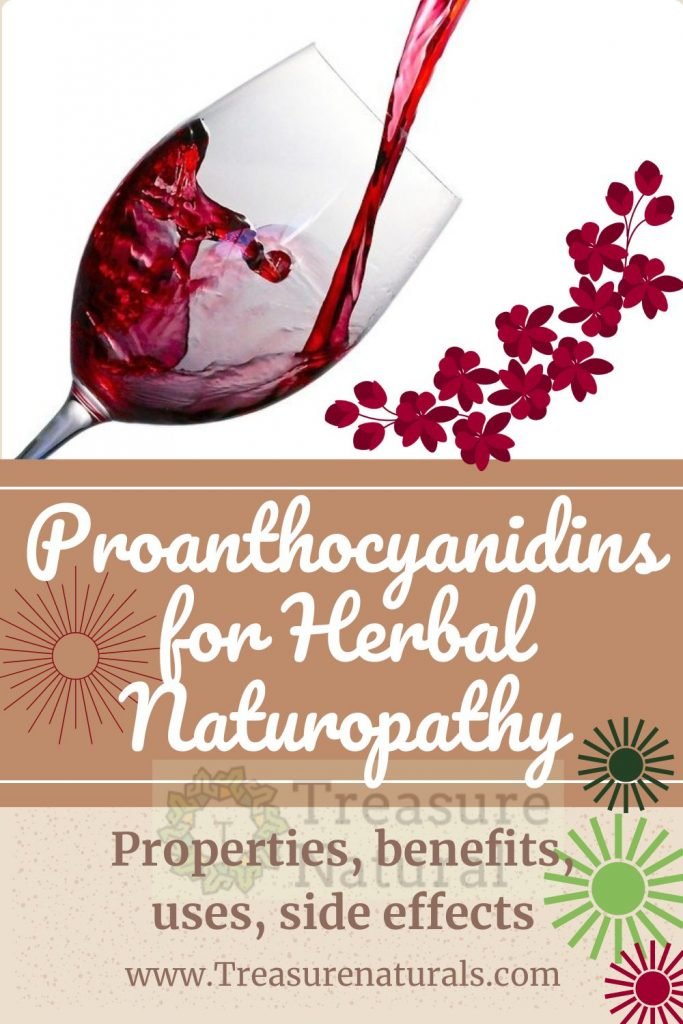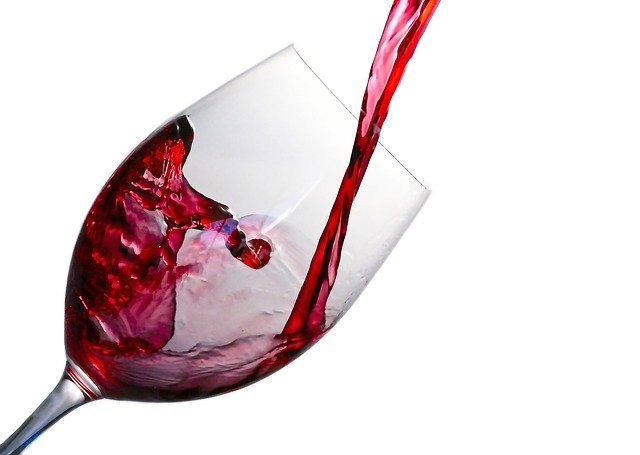
Proanthocyanidins are a family of antioxidants found in grape seeds, red wine and the bark of the French maritime pine, much more powerful than vitamins C and E, which have long been considered antioxidants of the highest level. Let’s split them up better.
What are proanthocyanidins
Proanthocyanidins are polyphenolic compounds with a very high antioxidant action, useful for microcirculation and blood circulation.
Widespread in nature, proanthocyanidins are useful in the prevention of cardiovascular diseases, and have anti-inflammatory, antimutagenic and anti-edematous properties.
Main functions of proanthocyanidins
The main function of proanthocyanidins is to counteract the action of free radicals. They work through their ability to recycle vitamin C, save vitamin E from oxidation, and extinguish a wider range of free radicals than most other antioxidants. By eliminating free radicals, proanthocyanidins reduce their related effects. In particular:
- They protect the heart, reducing the risk of disease. They reduce blood fats, act as an emollient on blood vessels, reduce blood pressure, prevent blood clots.
- They strengthen and repair the connective tissue: they counteract the decomposition of collagen and repair the damage caused by free radicals.
- They act as a natural sunscreen : the sun’s rays destroy up to 50% of skin cells; proanthocyanidins reduce this value to about 15%.
- They improve circulation by strengthening the walls of blood vessels. Their use is therefore useful for those with a compromised circulatory system, such as heart attacks, diabetics, arthritics, smokers, users of oral contraceptives and people with cardiovascular insufficiency.
- They improve cognitive function. By managing to cross the blood brain barrier, proanthocyanidins are able to fight free radicals directly within the vessels of the brain. The result is improved mental acuity and less exposure to apoplexy.
- They moderate allergic and inflammatory reactions. Proanthocyanidins inhibit the production of histamine, in fact they are used in the treatment of allergies.
Where are
Proanthocyanidins were first discovered in maritime pine bark extracts. Subsequently, thanks to further studies, it was discovered that the seeds of Vitis vinifera are very rich in these molecules, in particular, those that belong to the rubra variety.
The active ingredients contained in the leaves harvested in autumn, when they take on reddish hues, from which the term “red vine” originates , belong to the category of polyphenols, in particular bioflavonoids (anthocyanidins and proanthocyanidins), and perform an intense antioxidant and anti-inflammatory.
The dry extracts obtained from the seeds of Vitis vinifera can reach titrations of 85-90%. Proanthocyanidins are found mainly in pine bark, grape seeds and red wine, but also in citrus and blueberries. Proanthocyanidin extracts are available as supplements in tablet form.
Contraindications of proanthocyanidins

Proanthocyanidins are practically free of toxicity, however it is to be avoided in case of pregnancy and breastfeeding.
The proanthocyanidins contained in the grape seed extract have been attributed anticoagulant properties, therefore it is not recommended to associate them with antiplatelet drugs.






